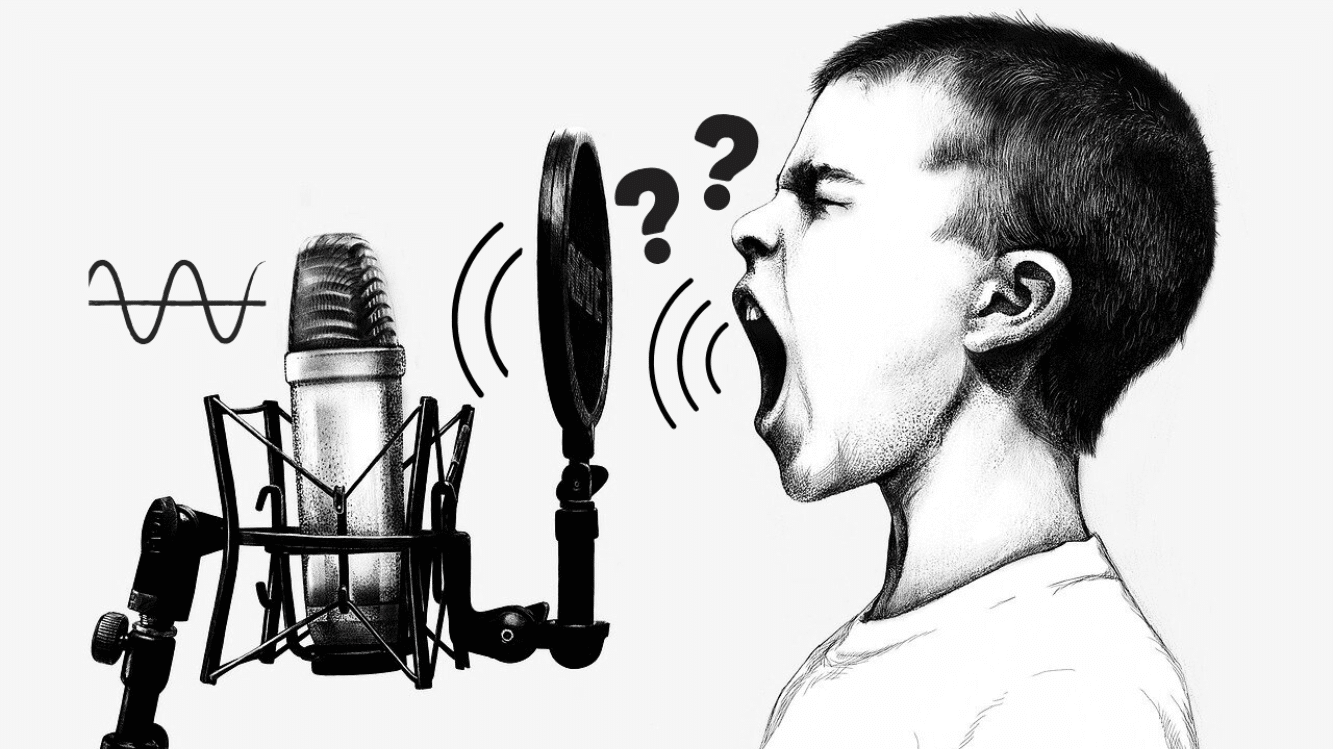
When developing audio devices involving microphones, knowing the actual Sound Pressure Level (SPL) hitting your sensor is crucial. It helps you validate performance against acoustic standards, adjust signal levels, optimize dynamic range, and prevent clipping.
Most analog microphones specify their sensitivity in dBV re. 1V/Pa, which indicates how much voltage the microphone outputs for a sound pressure of 1 Pascal. This value is key to estimating the SPL from any measured output voltage.
Let’s break it down into two simple steps:
- Step 1: Convert Sensitivity to Volts per Pascal
The sensitivity in dBV can be converted to a linear scale (V/Pa) using:

For example, a microphone with a sensitivity of –40 dBV/Pa corresponds to:

This means the microphone outputs 10 mV for every 1 Pascal of sound pressure received.
- Step 2: Estimate SPL from Measured Voltage
Once you know the sensitivity in V/Pa, you can estimate the SPL using the reference sound pressure 𝑃𝑟𝑒𝑓=20∙10−6 𝑃𝑎.

Let’s say you measure an output voltage of 0.1 V:

This value corresponds to a typical calibration tone used in audio testing.
This method is a practical tool for engineers involved in microphone front-end design, signal conditioning and gain staging, embedded audio systems, as well as acoustic calibration and validation.
At SELTECH, we specialize in supporting customers throughout the design process—from selecting the right microphone to implementing signal processing and acoustic calibration. Whether you’re working with analog or digital microphones, we help you navigate key calculations like SPL estimation, sensitivity matching, and system optimization.
Our expertise in acoustics and embedded audio ensures your product meets performance expectations and delivers great user experience.
Feel free to reach out if you’re working on a design and want to discuss microphone integration or acoustic tuning!

